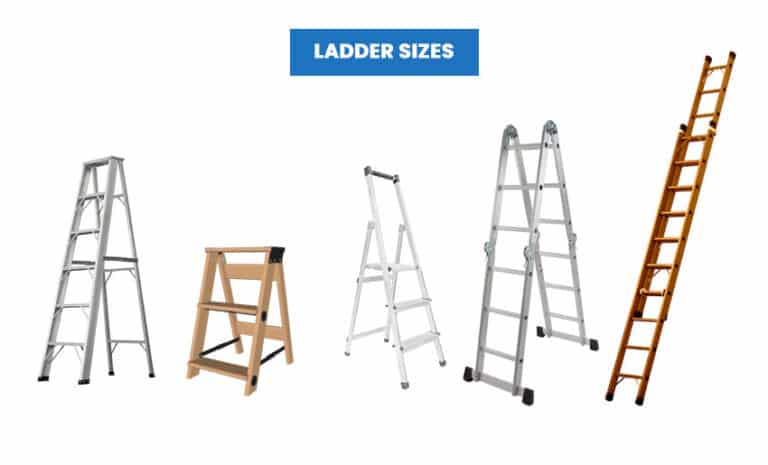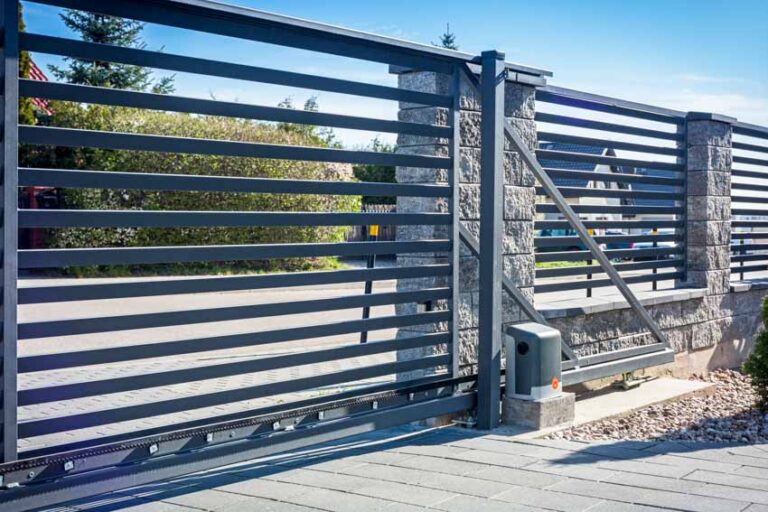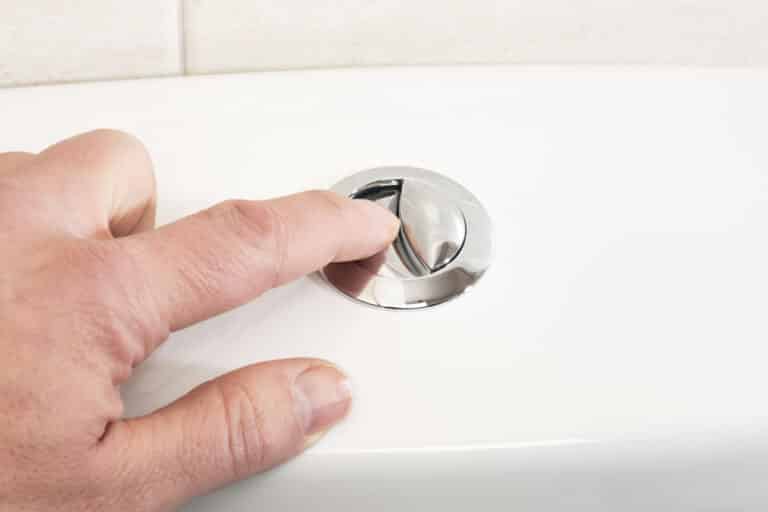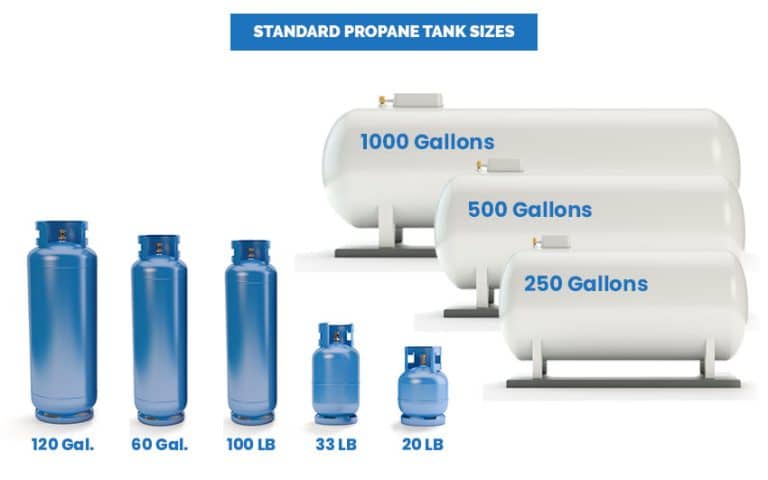Solid Core vs. Hollow Core Doors
There are vital decisions to be made when designing your home. Most individuals do not consider their doors to be a substantial investment. But the truth is, your home’s doors can make or break the appearance and functionality of your home. It is not as effortless as opening a catalog and choosing a door with most interior design tasks. There are many styles to pick from, including solid wood, solid core, and hollow core doors, making the process considerably more difficult.
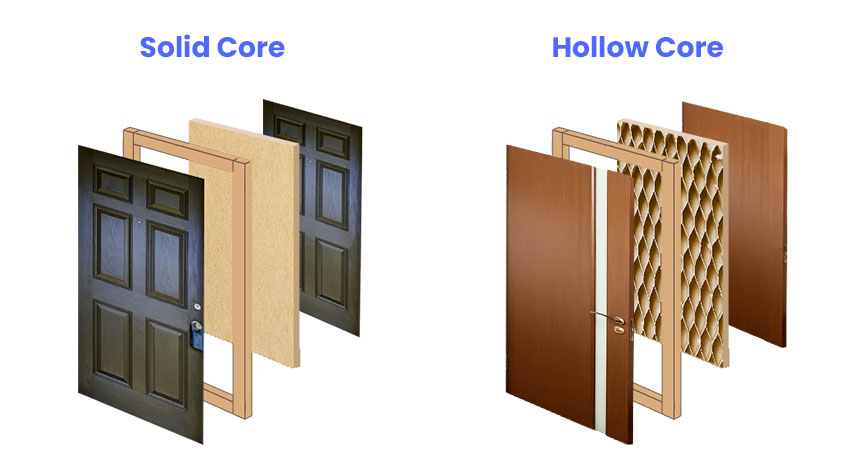
There are a few factors to consider when it comes to interior doors. Are you looking for solid core or hollow core doors? Let’s take a look at the benefits and drawbacks of both solid core vs hollow core doors for a valid head-to-head comparison.
What Are Solid Core vs. Hollow Core Doors?
Solid core doors are from wood and synthetic wood composites. They have a wood veneer exterior and the strength, sound insulation, and appearance of solid wood doors without the weight of high cost. Solid wood doors expand and shrink in moisture and temperature changes, whereas solid core withstands these changes.
Hollow core doors, despite their name, are not entirely hollow on the inside. They have a honeycomb cardboard interior with veneer or fiberboard wrapping. These are simple to install, light, and inexpensive. They are so light that even one person can handle and install them. It can be a considerable advantage for DIYers.
For homeowners or contractors with many interior doors to replace, cost-effectiveness can be a big selling point for hollow-core models. On the other hand, a solid wood door is usually in a home’s main entrance – rarely for the interior. These models are large and costly. Solid wood doors are built entirely of wood, maybe adorned or painted with architectural aspects, making them an excellent choice for the front door.
Pros and Cons of a Solid-Core Door
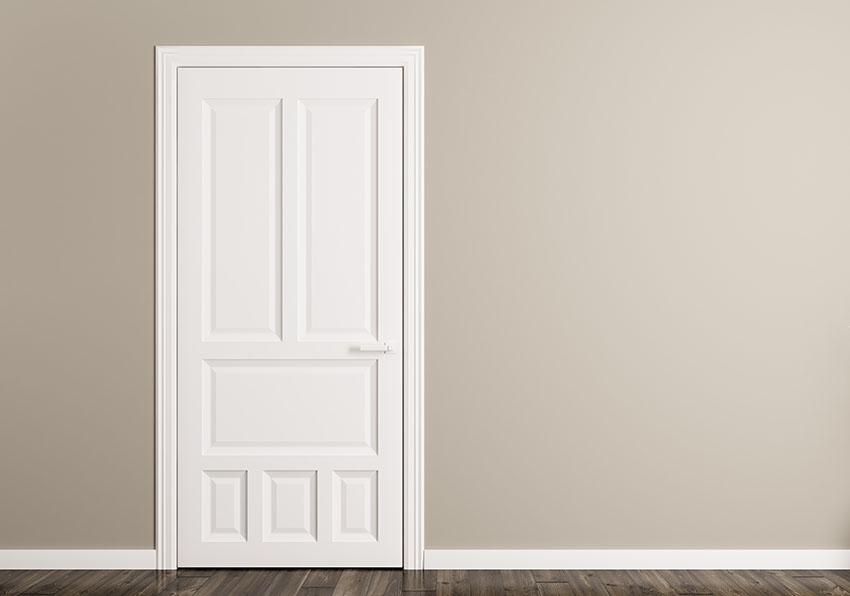
Pros
- Excellent soundproofing
- Mid-priced
- Excellent fire resistance
- Resistant to warping
- It has the appearance and durability of a solid wood door
- Paint-ready
- Temperature and moisture fluctuations are not a problem
- Heavy-duty and long-lasting
Cons
- Fewer design alternatives compared with solid wood
- Not so easy installation
- Heavy
- Repairing is difficult
- Style options are limited
Pros and Cons of a Hollow-Core Door
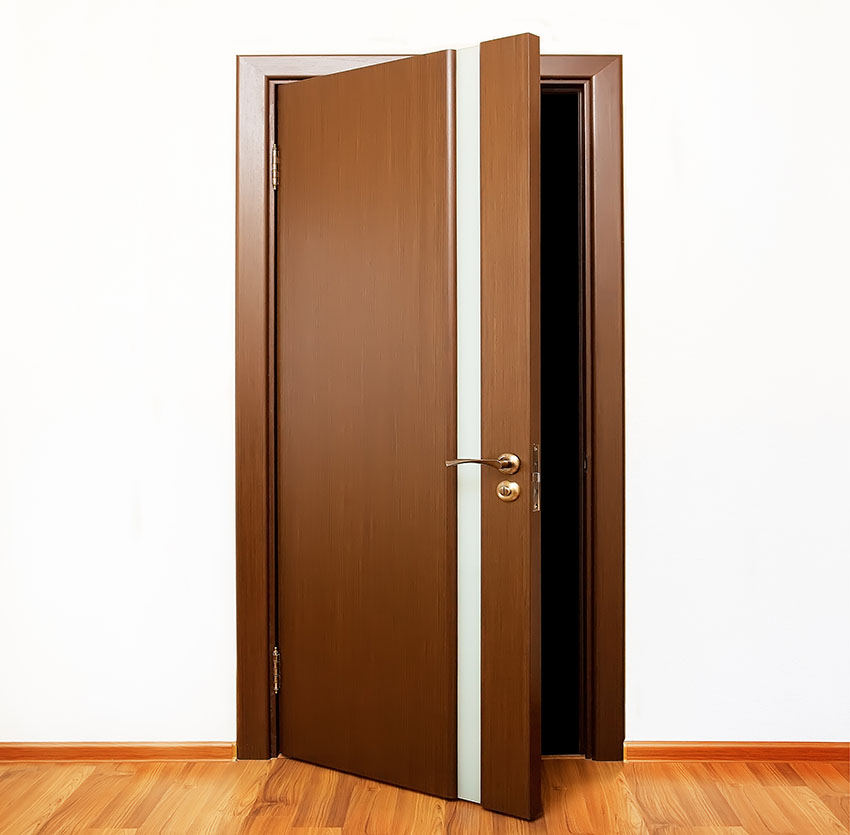
Pros
- Inexpensive and cost-effective
- Simple to set up and install
- Stable; only very seldom warps
- Lightweight
Cons
- Poor sound absorption
- Poor fire resistance
- Shaky structure
- Exposed edges
- Not very long-lasting
- Lower quality feel
Door Cost Comparison
What is the pricing difference between hollow core and solid core? According to the most recent statistics, the cost discrepancies are pretty significant.
The cost of hollow core doors ranges from $50 to $150 per door. Solid core doors range in price from $70 to $250 on average. Solid wood doors typically cost between $250 and $600 per door as a starting point.
At first glance, the difference between hollow and solid core doors is only $20 to $100. Hollow core is cheaper than solid core. Both choices, however, are significantly less expensive than solid wood.
Are Solid Wood Doors Worth It?
When it comes to choosing an inside door, price is always a consideration. On the other hand, purchasing low-cost interior doors may end up costing you more in the long term because you will have to replace them sooner or later.
Unfortunately, this is frequently the case with most low-cost hollow core doors. These kinds of doors deteriorate over time.
Solid wood doors are more expensive than hollow core products, but their advantages are worth the investment because they last longer and are more secure.
How to Tell if the Door is Solid or Hollow

Solid-core and hollow-core doors differ in terms of sturdiness, maintenance, insulation, and sound absorption. As a result, you may need to know the door type when it comes time to hang, decorate, or repair it. To tell if the door is solid or hollow:
- Determine the door’s weight. Swing the door open and close to see how much inertia it has if it is already attached. A hollow-core door weighs about 25 to 30 pounds on average, so if you can lift or swing it with little effort, it is undoubtedly hollow-core. Solid-core doors are typically 25 to 30 pounds heavier than hollow-core; thus, it is most likely solid-core if the door is heavy.
- Examine the door’s finish. Factories rarely color hollow-core doors except for items with polished, wood-veneer surfaces. It is more likely that the door is solid-core than hollow-core if stained, especially if it is heavy. It is presumably hollow-core if it’s painted.
- Look for any paneling on the door; if there’s any. Hollow-core doors may feature false panels, but they are usually of poor quality; a close inspection should reveal they are knockoffs. If the panels appear to be realistic and detailed, the door is most likely solid-core.
- Know the price of the door.Solid-core is more costly than hollow-core doors. If the door costs between $20 and $50, it’s nearly always a hollow-core; if it costs more than $50, it is more likely to be a solid-core.
Choosing Solid or Hollow Doors

It does not have to be a hard-line situation when deciding whether to install solid wood, solid-core, or hollow doors throughout your home.
Consider combining these three types of doors:
- A solid wood door is ideal for your main entrance.
- A solid-core door is ideal for areas where sound is a concern, such as bedrooms, bathrooms, the home office, or the study.
- A hollow-core door is ideal for closets or pantries because they don’t require any insulation.
Final Thoughts
Choosing interior doors should be a lot easier now that you understand the differences between hollow core and solid core doors. Consider the quality, pricing, and durability of an inside door when making a purchase. Hollow core or low-cost doors may serve as a fast fix or a temporary solution to save money while you renovate, but they will not last long.
Solid wood doors are the best option if you want them to last an extended period. If money is not an issue, you could use solid core doors throughout your property. See more related content in our article about the types of door locks on this page.



